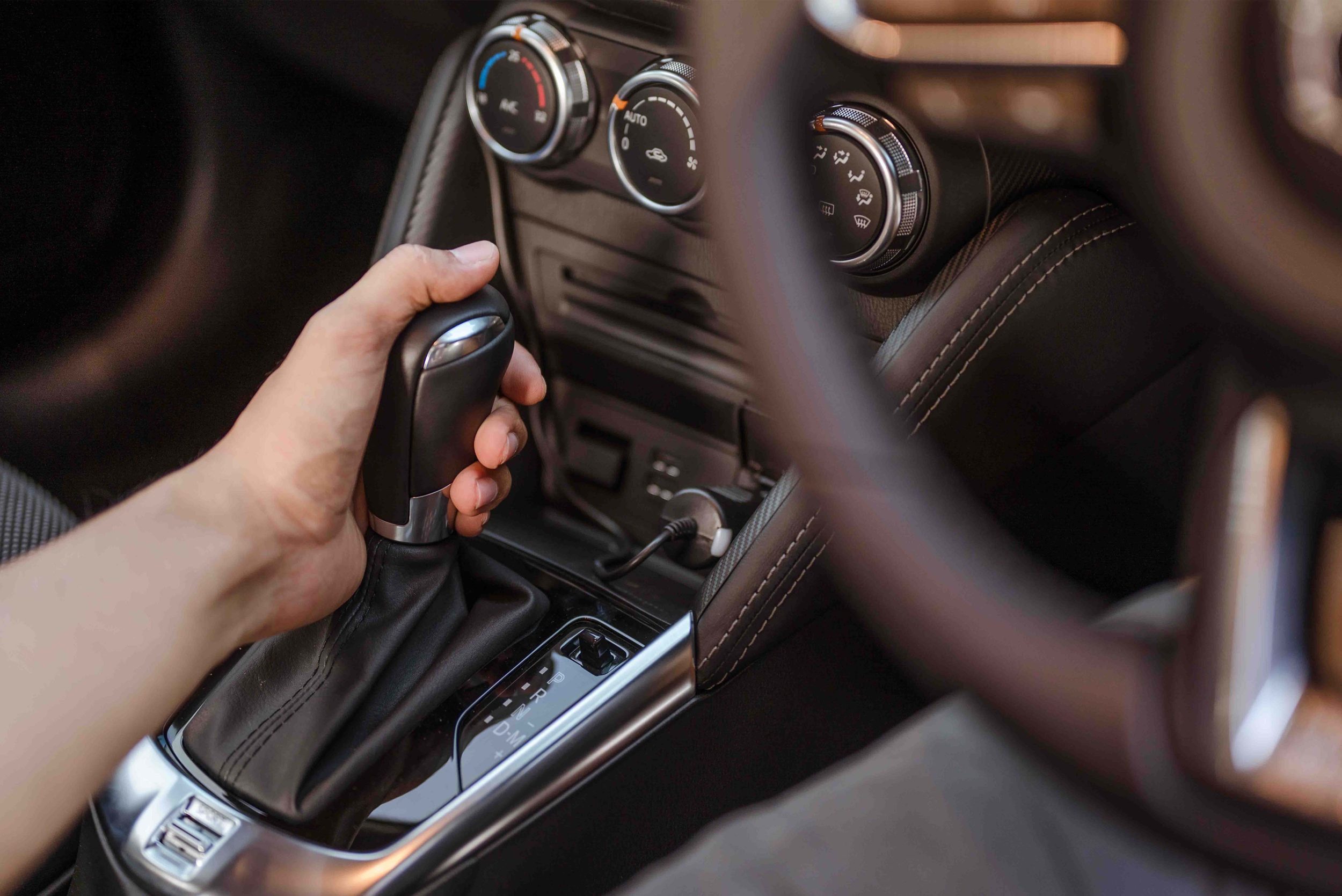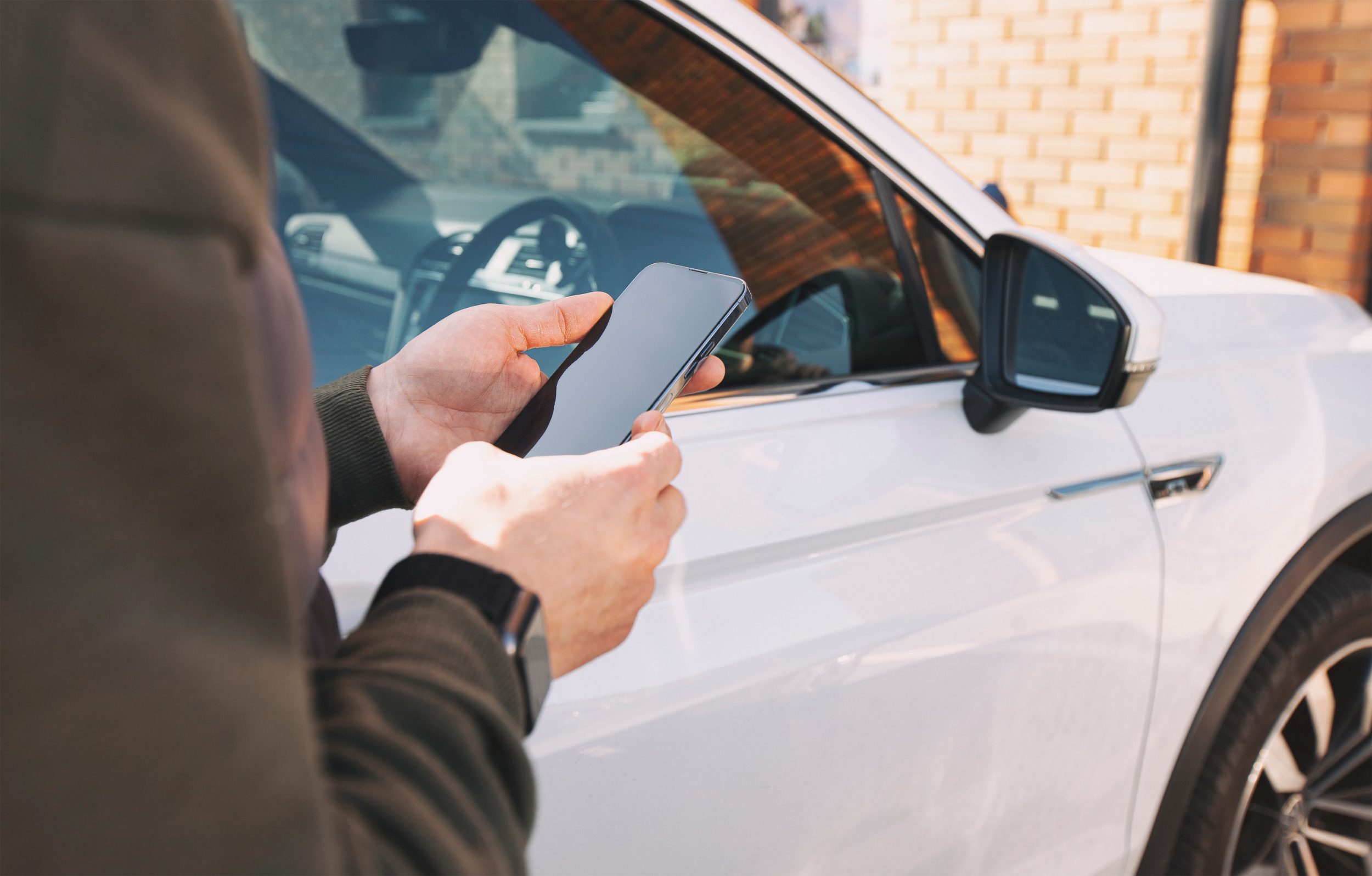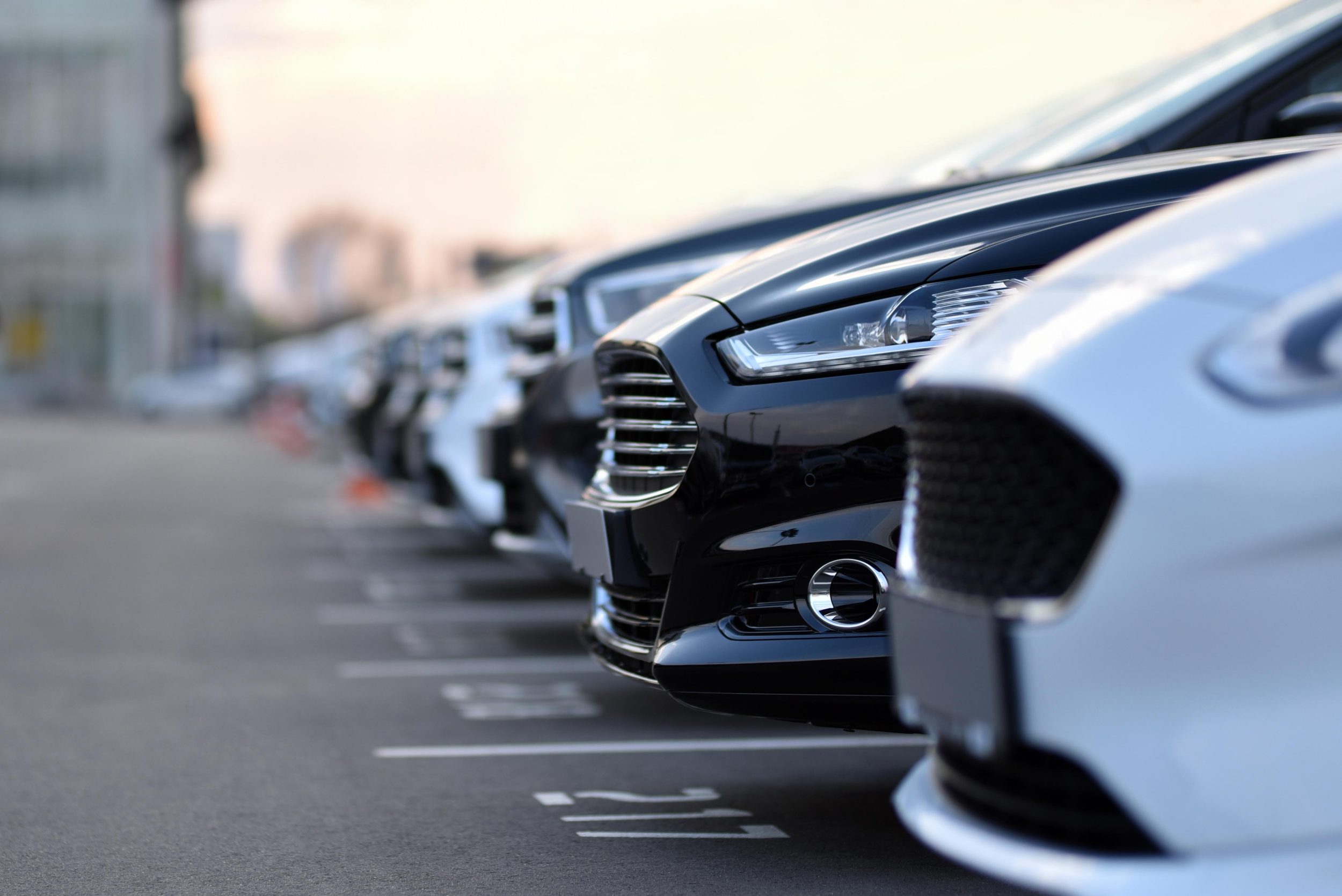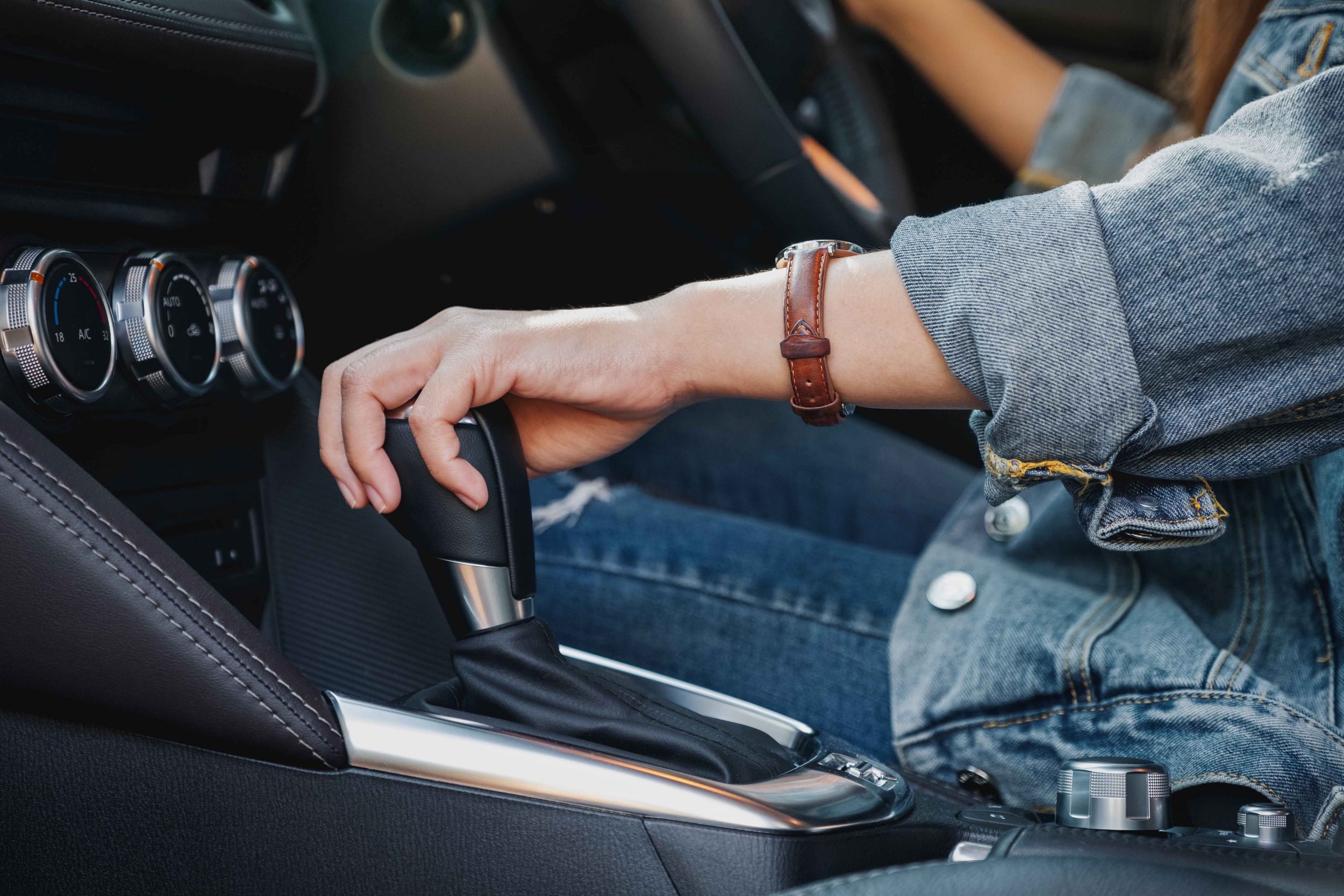Trying to decide between an automatic or manual car, but not sure which one is right for you? Whether you’re looking to buy a new car, deciding which type of car to learn to drive in or thinking of borrowing a car for a weekend, this handy guide will help you decide.
In this guide, we breakdown the differences between manual and automatic cars, as well as the pros and cons of each, helping you to make an informed choice that suits your driving needs.
What’s the difference between manual and automatic cars?
Typically, manual cars have three pedals: clutch, brake, and accelerator. Manual cars require the driver to manually change gears, using a clutch pedal and a gear stick. The driver pushes down on the clutch pedal to be able to shift between gears using the gear stick, giving the driver direct control over the car’s power and speed.
In contrast, automatic cars don’t have a clutch pedal and typically feature a gear selector with modes such as P (Park), R (Reverse), N (Neutral), and D (Drive). Automatic cars take gear changes out of the driver’s hands and will change the gears for you. The car automatically shifts through gears based on speed and acceleration.
The pros and cons of a manual car
Pros
- Better control: manual cars allow drivers to select gears as they feel the need to, which can be advantageous in challenging road conditions, like snow or ice. Downshifting gears can help to slow the car instead of using the brake pedal, providing better control.
- Better acceleration: manual cars can often offer quicker acceleration because drivers can manage gear changes themselves and a manual gearbox is typically better at transferring power from the engine to the wheels.
- Cheaper to buy and maintain: generally, manual cars have a lower purchase price and maintenance costs than automatic cars due to their simpler transmission systems.
Cons
- More complex to use: some people can find operating a manual car to be more difficult than an automatic. This is because operating a manual car requires coordination of the clutch pedal and gear stick, which can be challenging for new drivers especially.
- More tiring to drive: in heavy traffic, frequent gear changes in stop-start traffic can become tiring, making manual cars less comfortable for city driving.
- Reduced safety: driving a manual car requires more frequent hand movements between the steering wheel and gear stick. This translates to more time with hands off the wheel than when driving an automatic car which could potentially reduce reaction times.
The pros and cons of an automatic car
Pros
- Easier to drive: automatic cars are generally simpler to drive, making them appealing to learners and those looking for a straightforward driving experience.
- Smoother driving experience: automatic transmissions provide seamless gear changes, giving you a smoother, more comfortable ride.
- Less strenuous in traffic and city driving: without the need for constant gear shifting, automatic cars reduce driver fatigue in stop-start traffic such as in city centres.
Cons
- More expensive to buy and repair: automatic cars often come with higher upfront costs and can be more expensive to repair due to their more complex transmission systems.
- Lack of control with gear changes: drivers have less direct control over gear selection, which can be a disadvantage in certain driving situations that require more precise gear management, such as in icy conditions.
- Worse driving experience: people who enjoy the driving experience of handing a manual car may find an automatic car to be less enjoyable, missing the hands-on involvement of manual gear changes.
Is it cheaper to insure a manual car?
Whilst generally manual cars are cheaper to insure than automatic cars, especially for young drivers, it’s not a universal rule. This is due to the fact that automatic gearboxes are more complex and therefore cost more to replace than manual gearboxes. Insurance premiums depend on various factors, including the vehicle’s make, model, driver profile and usage.
Should I learn to drive in a manual or an automatic car?
When it comes to learning to drive, the majority of people choose to learn in a manual car. This is because, in the UK, if you pass your driving test in a manual car, this then allows you to drive both manual and automatic vehicles in the future. However, if you pass your driving test in an automatic car, you will not be qualified to drive a manual car, and your licence will restrict you to only driving automatic cars.
Learning to drive a manual car offers greater flexibility for the future, but if you prefer the ease of an automatic and don’t plan to drive manual cars in the future, learning to drive in an automatic car could be much easier.
Are manual cars more fuel-efficient than automatics?
Historically, manual cars have been considered to be more fuel-efficient than automatic cars; however, this is often no longer the case. Advancements in automatic transmission technology have closed this gap. Today, six-speed transmissions are standard for automatics and many modern automatics are now equally if not more fuel-efficient than manuals thanks to improved engine efficiency.
Are electric cars automatic or manual?
Electric vehicles (EVs) don’t have either a manual or automatic transmission. Electric motors produce a consistent level of power instantly, meaning there is no need for gears or multi-speed transmissions. They typically have a single-speed transmission, providing a driving experience very similar to an automatic car. Because of this, typically electric vehicles are generally classified as automatic.
Are manual cars being phased out?
Automatic cars are becoming more and more popular in the UK, with the DVLA reporting that 20% of driving tests are now taken in automatics and only 29% of registrations last year were of manual cars. With the automotive industry’s shift towards electric vehicles, combined with the UK government’s plan to ban new petrol and diesel cars by 2035, there is a definite decline in manual car production. As electric vehicles use automatic-like transmissions, the prevalence of manual cars is expected to decrease over time.
Choosing between an automatic and manual car
There are pros and cons to both manual and automatic cars, but when choosing between them it is a good idea to consider test driving both to experience their differences first hand. Short-term car insurance allows you to drive friends’ or family members’ cars, helping you to get behind the wheel and experience both types of car.
See what works for you with short-term car insurance from Dayinsure
Dayinsure offers flexible, short-term car insurance, allowing you to test drive various vehicles to see what works best for you. Our policies are quick to arrange, get a quote today and you could be covered and on the road in minutes.



